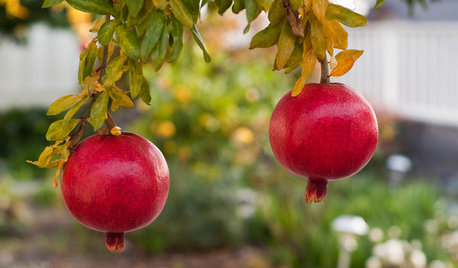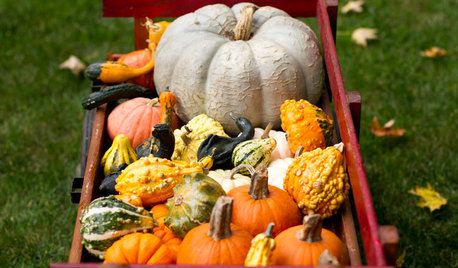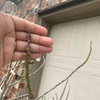Gardenia has high pH in October what do I do?
springlover
13 years ago
Related Stories

GARDENING GUIDESNorthern California Gardener's October Checklist
It's still a great time to plant flowers, vegetables and even bulbs in California gardens this month, thanks to predictably mild weather
Full Story
MY HOUZZMy Houzz: Art Has a Special Place in a Compact Copenhagen Flat
Art Nouveau, Modernist and Surrealist works stand out in this converted attic flat in the vibrant Vesterbro district
Full Story
GARDENING GUIDESSouthwest Gardener's October Checklist
Softer light and milder weather make desert gardens a real joy this month, but watch the water and don't forget to plan
Full Story
GARDENING GUIDESSoutheast Gardener's October Checklist
When you're not toting houseplants back inside or planting cool-season crops, you can start preparing garden beds for next year
Full Story
GARDENING GUIDESBackyard Birds: Go Owling in October
These stealthy nocturnal hunters fill North American skies with their quiet wings and distinct calls
Full Story
MONTHLY HOME CHECKLISTSTo-Dos: Your October Home Checklist
As temperatures drop and leaves start to turn and fall, prep for winter weather and enjoy the colors of the season
Full Story
PLANTING IDEASGreat Garden Combo: 5 High-Intensity Plants for High-Intensity Sun
Blend bold foliage and flowers to create a powerful combination that will hold its own even in the harsh light of midsummer
Full Story

EVENTS5 Big Trends From This Week’s High Point Market
Learn the colors, textures and shapes that are creating a buzz in interior design at the market right now
Full Story
DECORATING GUIDESHot Looks From the Spring 2013 High Point Market
Get an eyeful of some of the colors, textures, materials and more taking a big stand at North Carolina's huge furnishings trade show
Full StorySponsored
Columbus Design-Build, Kitchen & Bath Remodeling, Historic Renovations
More Discussions







mehitabel
springloverOriginal Author
Related Professionals
Danbury Landscape Architects & Landscape Designers · Tomball Landscape Architects & Landscape Designers · Bedford Heights Landscape Contractors · Costa Mesa Landscape Contractors · Eagle Landscape Contractors · Fort Myers Landscape Contractors · Lady Lake Landscape Contractors · New Providence Landscape Contractors · Petaluma Landscape Contractors · Saint Paul Landscape Contractors · Watertown Landscape Contractors · Eatontown Swimming Pool Builders · Placentia Swimming Pool Builders · Santa Clarita Swimming Pool Builders · Weatherford Swimming Pool Builderslou_spicewood_tx
springloverOriginal Author
mehitabel
springloverOriginal Author